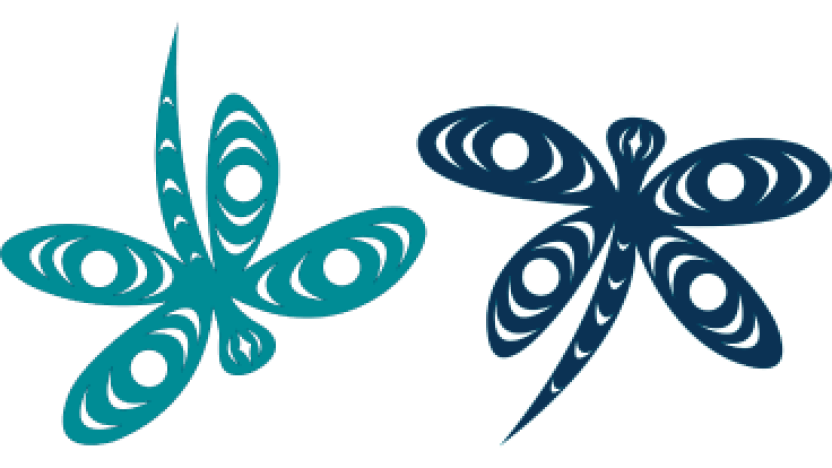Esquimalt Lagoon is a shallow lagoon enclosed by a sand and gravel barrier spit (Coburg Peninsula), and is connected to the ocean with a tidal channel at the northeast end. The entire lagoon is essentially an estuary, as it receives freshwater from streams and salt water through the tidal channel. Esquimalt Lagoon has the least modified shoreline among the CRD harbours. However, pollution, habitat loss and invasive species are concerns in this area.
The unique geological history and physical processes of Esquimalt Lagoon have created an area rich in wildlife. Esquimalt Lagoon is a protected Migratory Bird Sanctuary [PDF/1.8MB]. Large numbers of seabirds, shorebirds, and waterfowl can be found here year-round, and it is an important stopover for birds migrating on the Pacific Flyway, a “bird highway” between North and South America. The area is highly valued for wildlife and recreation by locals and visitors to the area. The lagoon is also bordered by some of the oldest coastal Douglas fir forest remaining in the Victoria area.
Esquimalt Lagoon Creeks and Watersheds
Colwood, Bee and Selleck creeks drain into Esquimalt Lagoon, in addition to a series of smaller spring-fed creeks from groundwater flows originating beneath the loose gravel sediments along the slope above the lagoon.
Historically, the creeks that flow into Esquimalt Lagoon have been degraded by pollution, alteration of the stream flows and channel modification. Still, these creeks remain important fish habitat.
Colwood Creek
The largest watershed that drains into Esquimalt Lagoon is Colwood Creek, at 850 hectares. From headwaters at Humpback Reservoir, the watershed includes rocky hills, lush forested land, lakes, wetlands, residential and urban areas, a community park and a golf course. The lower reaches of Colwood Creek flow through Royal Roads University lands before emptying into Esquimalt Lagoon. Monitoring efforts in Colwood Creek indicate that sea-run cutthroat and coho salmon are found in the creek.
Bee Creek
Bee Creek is a small, spring-fed stream that begins as groundwater seepage at the base of a rock escarpment on Royal Roads University grounds. Bee Creek watershed contains some ancient Coastal Douglas-fir forest, residential areas and open fields that were once farmed. Unlike most streams, the flows in Bee Creek do not change much with the seasons since it is fed by groundwater more than by rainwater. This unique characteristic makes this small creek critically important to salmonids as there is continuous flow of cool water during the spawning season. Following recent restoration efforts in Bee Creek, fish monitors have observed sea-run cutthroat, and to a lesser degree, coho salmon.

